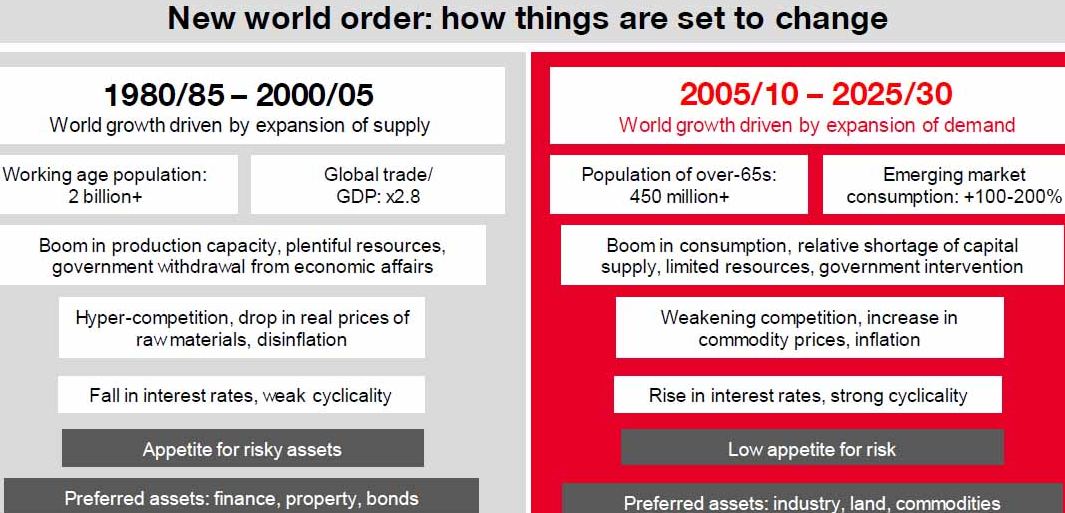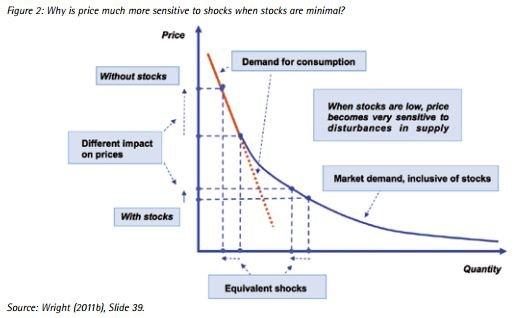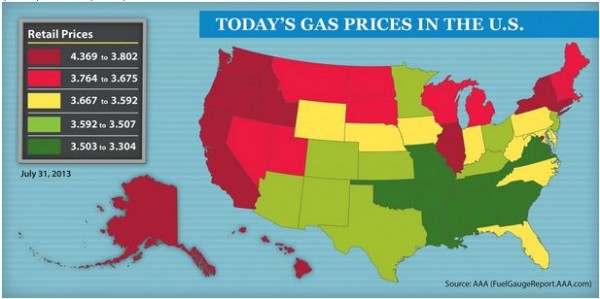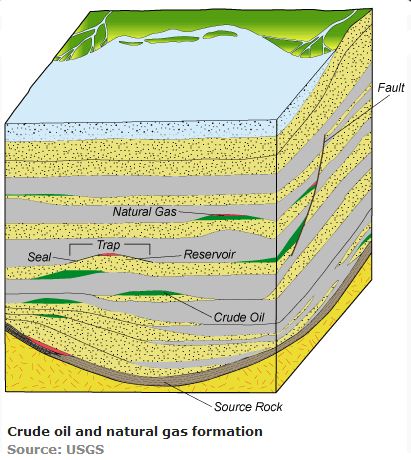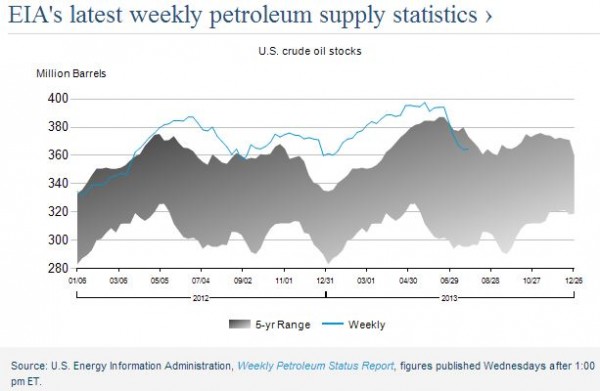The first question asked as the market closes is why did it go up? Or, if the results were less appealing, why did it fall? Either way the usual answer of more buyers than sellers is no answer at all. The real question is what sectors pushed the market higher or which stocks sent it down. A little arithmetic with the S&P 500 can go a long way to understanding what is behind a market movement.
Let’s look at July 2013 as an example when the S&P 500 gained 4.95% from June 30th to July 31st before adjusting for dividends. The contribution of a sector or stock to the overall performance of the index is the weight of the sector or stock at the beginning of the month multiplied by the percentage price increase of that sector or stock. The table shows the calculations for July:
| Index/Sector | Performance | Share (6-30-13) | Contribution |
| S&P 500 | 4.95% | 100.0% | 4.95% |
| Utilities | 4.2% | 3.3% | 0.14 |
| Telecommunication Services | -0.7% | 2.8% | -0.02 |
| Information Technology | 4.1% | 17.8% | 0.73 |
| Financials | 5.3% | 16.7% | 0.88 |
| Health Care | 7.1% | 12.7% | 0.90 |
| Consumer Staples | 3.9% | 10.5% | 0.41 |
| Consumer Discretionary | 5.1% | 12.2% | 0.63 |
| Industrials | 5.6% | 10.2% | 0.57 |
| Materials | 5.5% | 3.3% | 0.18 |
| Energy | 5.0% | 10.5% | 0.53 |
The contribution of a sector depends on both the weight or share and on its performance. Health care was the biggest contributor providing 0.90 percentage points of the 4.95 points the index gained. Financials, which is a larger share of the index (16.7% vs. 12.7% for health care) contributed less to the total performance because it lagged health care’s results. Fortunately for investors, telecommunication services has a low weight since it was the one sector that slipped on the month. Since the sector weights in the index are reasonably close to the sector weights for the overall market, looking at the weights can also give some hints to how the market might react. Materials are 3.3% of the index and gold is in the materials sector — gold’s dramatic rise and fall in recent years was not a major factor in the overall stock market,
One can do the same analysis on a stock by stock basis. Rather than list all 500 stocks, we can look at just the best and worst, measuring the impact in index points instead of pecentage points of price change. The biggest contributor in July was also one of the biggest stocks, Apple, which saw its stock rise 59 points to 452.5 and added 6.2 index points of the total 72.5 index point gain the S&P 500 index enjoyed. At the other end of the list was Microsoft, which lost 2.8 points to close at 31.83 and subtracted 2.4 index points from the S&P 500. These are two of the larger stocks in the index, so it shouldn’t be a surprise that they were at the extremes of adding, or removing performance from the overall index.
The same analysis can be done with any division of the S&P 500, or any other index providing one can calculate both weights and performance. Is it more buyers than sellers? No, it’s what they’re buying or selling and how big the things being bought and sold are when compared to the index or the market.
The posts on this blog are opinions, not advice. Please read our Disclaimers.










































